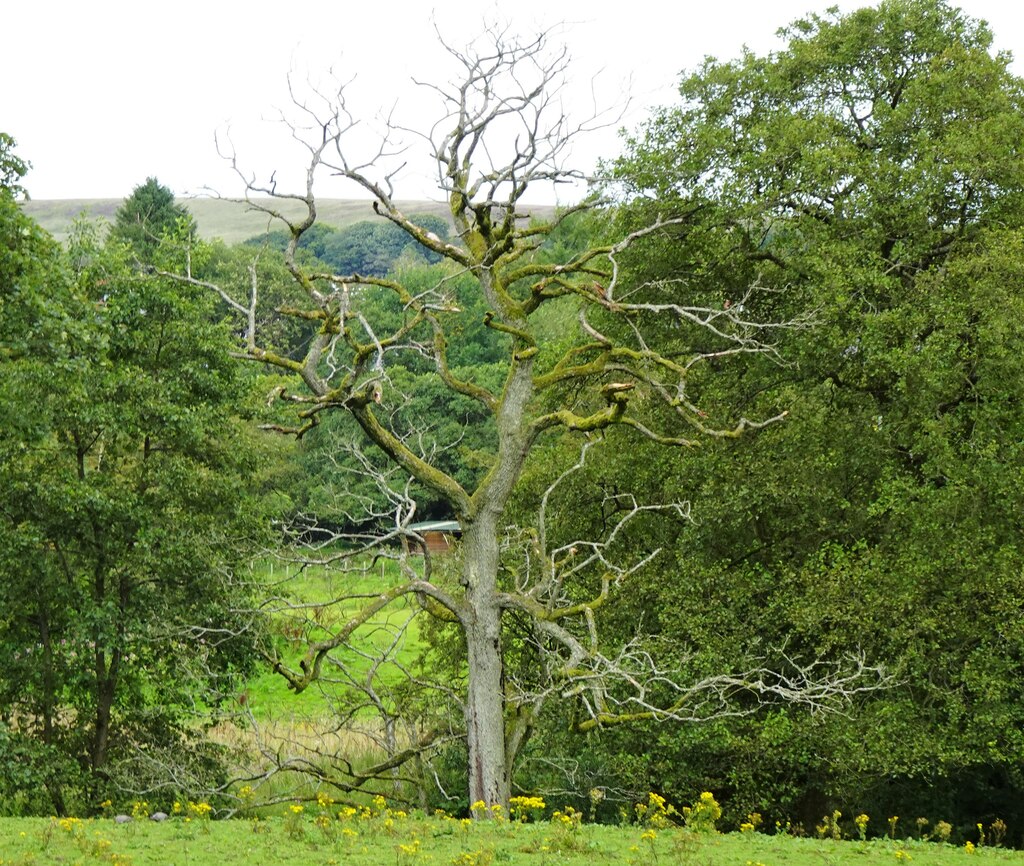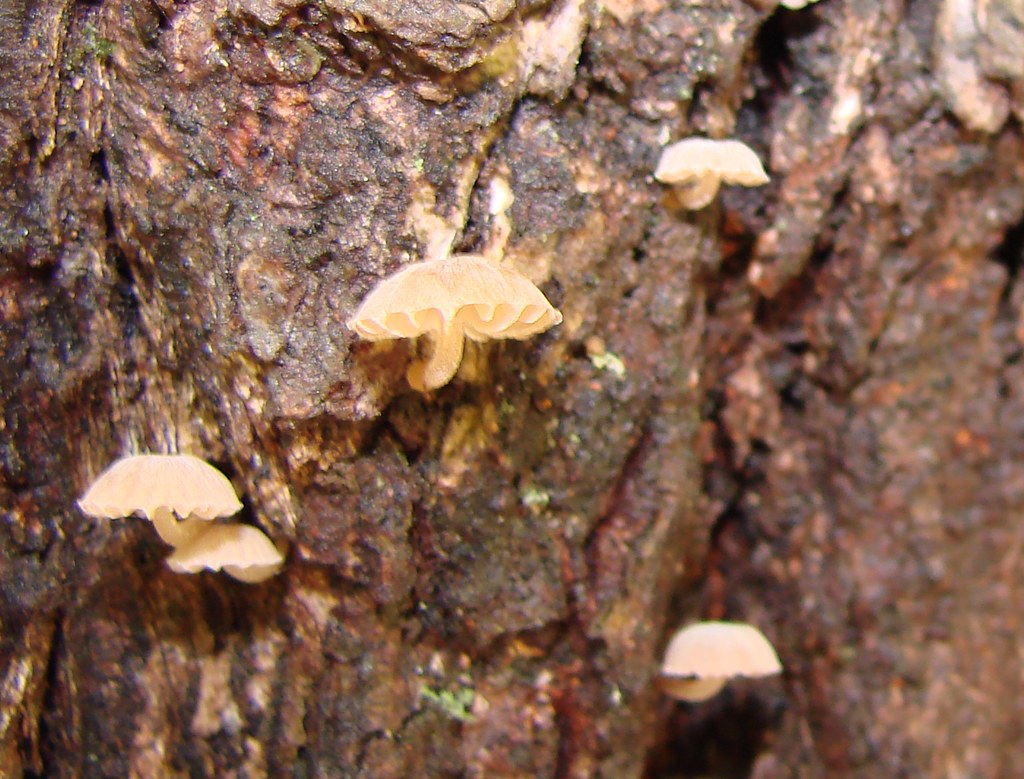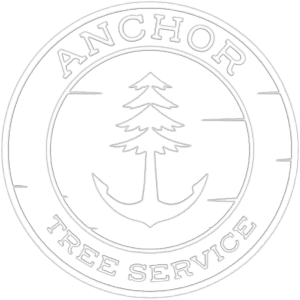The transition of a tree from vibrant to lifeless can trigger a host of concerns for homeowners. One common question that arises is, “Is my tree dead or dormant?” Understanding the difference is crucial for proper tree care and maintenance. In this comprehensive guide, we’ll explore the signs that distinguish a dead tree from a dormant one and provide actionable steps for homeowners to take.

Recognizing the Signs
When assessing whether a tree is dead or dormant, several key indicators should be considered:
Limited or No Leaf Growth
Deciduous trees that show no signs of budding or leaf growth well into the growing season may indicate a dead tree rather than one that is dormant.
Dry, Brittle Bark
Dead trees often exhibit dry, brittle bark that easily peels away, unlike the flexible and intact bark of healthy trees.
Presence of Fungi

The growth of mushrooms or other fungi, such as those commonly found at the base of Victoria’s native Garry Oaks, can indicate a tree may be dead or in decline. This could be symptomatic of broader issues, similar to diseases found in Garry Oaks, which require professional attention.
Visible Decay
Soft, crumbly wood or hollow areas in the trunk or branches signify a dead or dying tree.
Insect Infestation
Excessive presence of pests like wood borers or carpenter ants can weaken the tree, potentially leading to its demise. Learn more about how you can prevent these and other harmful pests from damaging your trees.
Leaning or Uprooted Trees
Significant leaning or uprooting may indicate structural instability, which could be a sign that the tree is dead or dying.
Seasonal Differences

Differentiating between dead and dormant trees can vary depending on the season:
Spring
Look for signs of life such as swelling buds and new growth. Dead tree branches may snap or break easily, while live branches will be flexible.
In Victoria, with its mild winters and dry summers, spotting the signs of life in spring or assessing the health of your tree in the unpredictable seasons can be particularly important.
Summer
A live tree will have healthy, vibrant leaves, unlike a dead tree with brown, brittle leaves that may fall off prematurely.
Fall
Pay attention to leaf color; live trees will display typical fall colors before leaves drop, while dead trees may have already lost their leaves or have a much browner foliage.
Winter
If the limbs are dry and brittle, snapping easy this is a sign your tree may be dead or dying. It is rare for a tree to suddenly die in one season so waiting until the spring to see if the tree develops new buds is usually the best plan of action.
Threats Posed by Dead Trees
Dead trees pose several threats to both property and the environment. Firstly, they become structurally unstable over time, increasing the risk of falling branches or even the entire tree, posing a danger to buildings, vehicles, and people. Furthermore, dead trees can serve as a breeding ground for pests and pathogens, potentially spreading diseases to nearby living trees and compromising ecosystem health. Understanding the impact of deadwood on your trees and property can offer insights into mitigating these risks.
Additionally, dead trees can contribute to fuel buildup, increasing the risk of wildfires, especially in forested areas. Similarly, ensuring your trees are prepared to withstand storms can mitigate potential damage and risks. Moreover, aesthetically, dead trees detract from the beauty of landscapes and can decrease property values. Therefore, it’s crucial for homeowners to promptly identify and address dead trees on their properties to mitigate these risks and ensure the safety and health of their surroundings.
Steps to Take if Your Tree is Dead
Consulting with a certified arborist like Anchor Tree Service, familiar with the City of Victoria Tree Protection Bylaw, can ensure compliance and determine the best course of action for dead trees on your property. Depending on the tree’s location, size, and condition, options may include removal, pruning of dead branches, or implementing measures to support wildlife habitat if appropriate. Additionally, explore local regulations and permit requirements for tree removal or disposal to ensure compliance with municipal guidelines.
Reviving a Dying Tree
Reviving a dying tree requires a combination of careful assessment, targeted intervention, and ongoing care by a certified arborist like Anchor Tree Service.They start by identifying the underlying causes of the tree’s decline, such as nutrient deficiencies, soil compaction, pests, diseases, or environmental stressors like drought or excessive moisture. Once they’ve pinpointed the problem, they take corrective action, which may involve improving soil health through aeration and fertilization, addressing pest or disease issues with appropriate treatments, or adjusting watering practices to ensure optimal moisture levels.
Additionally, they consider pruning dead or diseased branches to stimulate new growth and reduce stress on the tree. Understanding how to make a proper pruning cut is crucial for the health of your tree. Providing adequate water, mulching to retain moisture and regulate soil temperature, and implementing a regular maintenance schedule, including fertilization and monitoring for signs of improvement, are crucial steps in nurturing the tree back to health. With patience, diligence, and proper care, it’s possible to revive a dying tree and restore its vitality for years to come.
Consulting with a certified arborist, such as Anchor Tree Service, to confirm the tree’s status and determine the best course of action is pivotal. Discover why hiring an ISA Certified Arborist is beneficial for your tree care needs.
Conclusion
In conclusion, understanding whether your tree is dead or simply dormant is crucial for maintaining the safety, aesthetics, and ecological balance of your property. If you’re facing uncertainty about the condition of your trees or if you’ve identified a tree that requires professional attention, don’t hesitate to seek expert advice.
Our certified Victoria arborists at Anchor Tree Service are equipped with the knowledge and tools to assess your tree’s health accurately, offer tailored solutions, and implement the necessary actions to ensure your landscape remains vibrant and safe. Whether it’s a thorough evaluation, expert pruning, or even a detailed plan to revive a declining tree, we’re here to support your tree care needs. Contact us today to schedule a consultation and take the first step towards securing the health and beauty of your trees. Let’s work together to keep your green spaces flourishing for years to come.


